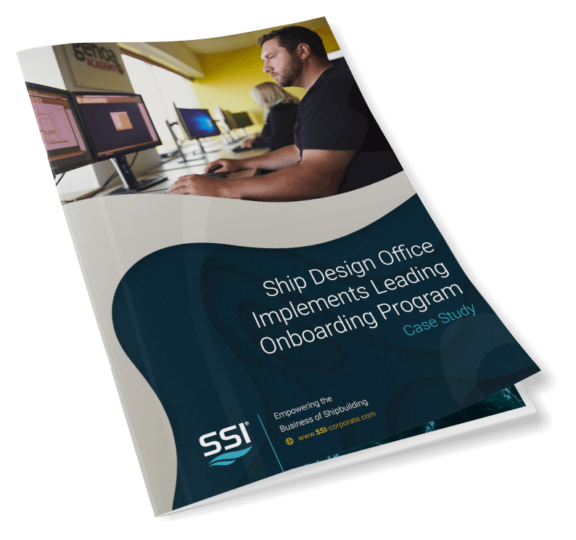Each year, Japanese shipyards are becoming more global, but as more hiring and contractors come from abroad, it is important to maintain consistency and quality that is up to Japanese standards. Through an extensive training curriculum and the ability to easily share work packages – complete with company-specific standards – your organization can ensure that every vessel will be delivered according to your requirements.
Working with Subsidiaries Abroad
The increased prevalence of Japanese shipbuilders working with contractors from abroad and opening subsidiaries in other countries is a continuation of a wider global trend. Often, it can be difficult to share and receive project information when different solutions are in place across different locations. Implementing a unified engineering environment that uses a 3D model, makes sharing project information through packages simple, and makes It possible to:
- Share a sub-set of a project.
- Share an entire project.
- Include the standards your shipyard requires.
- Quickly verify any received work.
- Integrate received work back into your environment.
Maintaining Quality Standards
As your organization works more with contractors from abroad, and considers opening subsidiaries outside of Japan, it is important to ensure that quality standards are consistent and in-line with what is expected from your shipyard. From the beginning, a comprehensive training curriculum allows everyone working on your shipyards projects to have the same level of proficiency.

Genoa Design International needed to be sure that every new designer was working from the same level of expertise. Using SSI Learning resources, Genoa improved their onboarding process, while simultaneously ensuring that work can continue on the projects at hand and be ready for future demand.
Read the Case StudyTechnical Strategies
Generating Class Approval Drawings
Work received from third-parties, no matter where they are located, will likely need to be compatible with Japanese industry standard 2D class approval drawings.
Class approval drawings are often created independently of the ship model, however, ShipConstructor’s MarineDrafting tools let you create 2D views associated with the common 3D model, annotated with industry-standard, shipbuilding specific symbols.
Modeling from Legacy Drawing Methods
In this demonstration, we will create a 3D structural model from legacy drawings, in this case, a PDF and a DWG file. We may need to model a legacy design as it will become the baseline for a future design, or we may be a shipyard or owner/operator focused on MRO, requiring a model for refit work. The ability to reuse information such as drawings, PDFs, and images makes modeling more efficient and allows us to validate the design.
Contact us for more information
If you would like to learn more about the techniques, workflows, or technology mentioned above, please do not hesitate to reach out to us using the form below.
